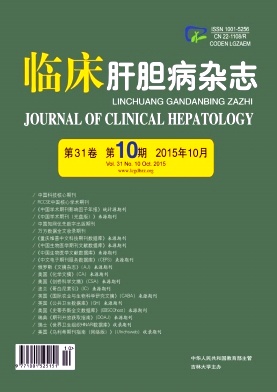Objective To investigate the HBs Ag seroprevalence in the young generation in Qidong of Jiangsu Province,China. Methods A total of 15 534 students for college entrance examination from 2006 to 2014 were randomly selected from three secondary schools in Qidong as student group. Some of them had hepatitis B vaccination at birth. A total of 1208 adults who had their routine checkups in our hospital from 2007 to 2013 were selected as adult group. It was confirmed that all of them did not have hepatitis B vaccination at birth. Serum HBs Ag levels of the two groups were measured using enzyme- linked immunosorbent assay and the seroprevalence was analyzed. Comparison of data between the two groups was made by chi- square test. Results In the 9 years from 2007 to 2013,the seroprevalence rates of HBs Ag in the student group were 4. 2%( 75 /1794),4. 3%( 77 /1797),4. 4%( 82 /1858),4. 3%( 82 /1903),3. 4%( 56 /1627),2. 6%( 46 /1768),1. 6%( 29 /1778),1. 6%( 27 /1642),and 1. 8%( 24 /1367),respectively. The mean HBs Ag seroprevalence of the student group was3. 2%( 498 /15534),significantly lower compared with 7. 1%( 86 /1208) of the adult group( χ2= 59. 986,P < 0. 001). In both of the student group and the adult group,the males had a significantly higher HBs Ag seroprevalence than the females( χ2= 10. 521,P = 0. 001;χ2= 8. 452,P = 0. 004) and the values were 3. 7%( 266 /7236) vs 2. 8%( 229 /8298) and 8. 8%( 66 /750) vs 4. 4%( 20 /458),respectively. Among male subjects,the HBs Ag seroprevalence of the adult group was 2. 4 times that of the student group; among female subjects,the HBs Ag seroprevalence of the adult group was 1. 6 times that of the student group. Conclusion In the recent 9 years from 2006 to 2014,the HBs Ag seroprevalence in students for college entrance examination declined continuously. The goal set by the World Health Organization Western Pacific Region in 2010 had been achieved ahead of the schedule that the HBs Ag seroprevalence should be controlled below 2% in children aged less than 5.







 DownLoad:
DownLoad: